Item Number: FT312
Fairtime Peach Tree
Late peaches, endless sweetness
Fairtime Peach Trees are highly prized for their late-season harvest, producing large, firm fruit that extends the peach season well into the end of summer. These peaches have golden-yellow skin with a beautiful red blush and a juicy, sweet interior. The firm texture of Fairtime Peaches makes them perfect for fresh eating, pies, cobblers, and preserving. As a freestone variety, Fairtime Peaches are easy to prepare for various culinary uses.
Semi-Dwarf on Citation rootstock.
If you're looking for a Fairtime Peach Tree for Sale, you'll find that this tree thrives in sunny, well-draining locations and requires moderate chill hours. With an early bloom and a harvest time in mid-September, it’s a reliable producer, making it a great choice for home orchards or small farms. The Fairtime Peach Tree consistently yields high-quality fruit, allowing you to enjoy fresh, flavorful peaches well into the last days of summer.
With its late ripening and exceptional productivity, the Fairtime Peach Tree is a must-have for peach enthusiasts, providing sweet peaches long after most others have been harvested.
- Zones: 5-9
- Chill hours: 400-500
- Bloom Time: Mid-Season (Based on typical Central Valley California weather)
- Harvest: September 10 - September 25
- Looks: Very large yellow freestone
- Personality: Excellent flavor
- Facts of note: One of the best flavored and most dependable of the late season peaches, the Fairtime peach is a large yellow fruit with a pretty red blush over half the surface. Large to very large fruit is unique to a late September ripening peach. The flavor is a rich traditional peach with a firm but smooth texture. This is juice running down your arm enjoyment for a late season fruit. Requires thinning so you don't break the limbs. Good for all peach usages including canning, cooking, preserves and of course fresh eating and the fruit freezes well, too.
- Pollination: Self-fruitful
The Fairtime Peach Tree, a peach variety known for its exceptional taste and late-season harvest, offers fruit enthusiasts an opportunity to enjoy juicy, flavorful peaches in the latter part of the season. This deciduous tree, scientifically recognized as Prunus persica, thrives in various climates across the United States and holds significance for both home gardeners and commercial orchards.
Late Season Appeal
The Fairtime Peach Tree stands out as an excellent late-season peach variety, typically flourishing in zones 5-9. This late-blooming deciduous tree requires approximately 500-600 chill hours, making it well-suited for areas with moderate winter chill. Its bloom time, usually during mid-season based on typical Central Valley California weather, culminates in a harvest window spanning from September 10 to September 25.
Fruit Characteristics
One of the most distinguishing features of the Fairtime peach is its sizable, yellow freestone fruit, renowned for its excellent flavor. The fruit is notably large, with a vibrant red blush covering over half of its surface, adding an aesthetic appeal to its appearance. Its yellow flesh, when ripe, offers a traditional peach taste with a rich flavor profile, delivering a delightful combination of sweetness and tanginess. The texture is smooth yet firm, providing a pleasant experience for those indulging in its juicy richness.
Cultivation Insights
The Fairtime Peach Tree requires attention to its growth patterns to ensure optimal fruit production. Thinning the fruit is essential to prevent excessive weight that might damage tree limbs. Adequate thinning ensures that the tree's branches remain robust, promoting a more balanced distribution of fruit and preventing strain on the tree structure.
Versatile Use and Preservation
This variety of peach is versatile in its utility, catering to various culinary uses. From canning and cooking to preserving and fresh consumption, Fairtime peaches offer a wide array of possibilities. Their texture and flavor also make them suitable for freezing, retaining their quality for later use. The fruit's adaptability to different preparation methods underscores its popularity among home cooks and chefs alike.
Growing Conditions
Fairtime Peach Trees thrive in well-drained sandy soil types, demonstrating adaptability to a variety of soil conditions. Ensuring adequate drainage is crucial for the tree's root system, allowing it to establish and develop optimally. Optimum sun exposure, preferably full sun, is essential for the tree's growth and fruit production.
Pollination and Maintenance
The Fairtime Peach Tree is self-fruitful, meaning it doesn't require another tree for pollination. However, ensuring adequate pollination by introducing pollinators, like bees, can enhance fruit set and yield. Pruning is crucial for maintaining the tree's health, structure, and productivity. It's advisable to prune during the dormant season to encourage new growth and maintain the tree's shape.
Frost and Environmental Considerations
While the tree demonstrates a robust growth pattern and adaptability to various climates, precautions against late frost are necessary. Frost during bloom time can damage the blossoms, affecting fruit set. Applying protective measures, such as covering the tree or using frost cloth during periods of late frost, helps safeguard the blooms and subsequent fruit development.
Why Choose the Fairtime Peach Tree?
The Perfect Late-Season Peach for Your Orchard
- Late Ripening: The Fairtime Peach Tree is the perfect choice for extending your peach harvest into the late season, typically ripening in mid-September. Known for its very large yellow freestone peaches, this variety features a bright red blush over a yellow skin and firm flesh, making it ideal for fresh eating, canning, and baking. With excellent flavor, the Fairtime peach is a self-fruitful tree that thrives in well-drained soils and is widely adapted to a range of climates, including Central CA. Enjoy the rich, juicy peaches with yellow flesh and rich flavor well into the late season—a treat for any peach lover.
- Excellent Flavor: The Fairtime Peach Tree is celebrated for its excellent flavor, offering a rich combination of sweet and tangy notes with a smooth, firm flesh. This very large yellow freestone peach features a bright red blush over its yellow skin, making it both visually stunning and delicious, perfect for fresh eating, cooking, and canning. Known for its rich flavor and yellow flesh, the Fairtime peach is a late-season favorite, consistently delivering large fruit with exceptional taste well into mid-September—a must-have for peach lovers in Central CA and beyond.
- Self-Fruitful: The Fairtime Peach Tree is a self-fruitful variety, meaning it doesn’t require another tree for pollination to produce abundant, large yellow freestone peaches. This makes it an excellent choice for smaller orchards or home gardens, as it offers a rich flavor and excellent fruit production on its own. With its yellow fleshed peach and bright red blush on the yellow skin, the Fairtime peach produces delicious fruit ideal for fresh eating, canning, and cooking, all without the need for a second tree.
- Versatile Fruit: The Fairtime Peach Tree produces very large yellow freestone peaches that are perfect for a wide range of uses, from fresh eating to pies, cobblers, and canning. The yellow fleshed peach boasts a rich flavor with a firm flesh, making it a fantastic choice for both preserving and freezing. With its excellent flavor, bright red blush, and large yellow fruit, the Fairtime peach is a heavy producer that provides a delicious, versatile harvest throughout the late season, ideal for any kitchen or orchard.
How to Grow and Care for Your Fairtime Peach Tree
Expert Tips for Healthy Trees and Abundant Harvests
- Location & Soil: To ensure your Fairtime Peach Tree thrives, choose a location with full sun and well-drained soil, as it requires good drainage for optimal growth. Fairtime peach trees, like other temperate fruit trees, prefer yellow fleshed peaches and grow best in well-drained soil that is rich in organic matter. This self-fruitful tree is well-suited for areas in Central CA and can tolerate low chill hours (500-600), making it ideal for regions with moderate winter temperatures. With proper care, including regular thinning to prevent limb damage, you'll enjoy very large yellow freestone peaches with excellent flavor, perfect for fresh eating, canning, or enjoying its firm flesh in a variety of recipes.
- Spacing: When planting your Fairtime Peach Tree, ensure proper spacing to allow for healthy growth and optimal fruit production. As self-fruitful peach trees, they need enough room to spread their branches and develop their large yellow freestone fruit. Space the trees about 10-15 feet apart to avoid overcrowding, ensuring each tree gets sufficient sunlight and air circulation for robust growth. This is especially important for the very large yellow freestone peaches, which thrive in well-drained soil and need space to grow their bright red blush and rich flavor. Proper spacing also helps prevent disease and allows for easy thinning to avoid limb breakage from the large fruit.
- Watering: For your Fairtime Peach Tree, deep and consistent watering is essential, especially during the growing season when the tree is producing its very large yellow freestone peaches. While ensuring adequate moisture is crucial for developing the large yellow fruit with rich flavor, it's important to avoid overwatering, as well-drained soil is vital to prevent root rot. Be mindful not to saturate the soil, as too much water can damage the tree's roots, affecting the health of the self-fruitful Prunus persica fairtime tree and the quality of the bright red blush peaches.
- Pruning: To maintain the shape and health of your Fairtime Peach Tree, it is essential to prune during the dormant season. Proper pruning encourages strong growth and ensures optimal fruit production, helping the tree produce very large yellow freestone peaches with yellow flesh and a bright red blush. Regular pruning also helps to prevent overcrowding, allowing the self-fruitful tree to thrive and produce excellent flavor peaches that are perfect for fresh eating, canning, and other culinary uses.
- Thinning Fruit: To ensure a healthy and abundant harvest from your Fairtime Peach Tree, it's essential to thin fruit early in the growing season. Thinning helps to prevent limb damage by reducing the weight on branches and ensures that the remaining peaches, such as the very large yellow freestone fruit with a bright red blush and yellow flesh, grow to their full size. This practice not only improves the tree's overall health but also promotes a more robust harvest of late season peaches with excellent flavor that are perfect for fresh eating, canning, and cooking.
Why Buy Fairtime Peach Tree from Us?
At Peaceful Valley, we offer high-quality Fairtime Peach Trees that thrive in Central CA. Known for their large size, bright red skin, and yellow background, these peaches make a stunning addition to any orchard. Our Fairtime Peach Tree for Sale produces very late-season peaches with excellent flavor, perfect for early spring planting. These self-fruitful trees are ideal for growing fresh eating, canning, or preserving. Their sweet and tart flavor, combined with disease resistance and low chill requirements, make the Fairtime Peach Tree a top choice for your garden or farm.
Visit our Fruit Tree Central for a listing of all our fruit tree videos and articles.
Visit Tree Characteristics for a listing of all our fruit & nut tree growing characteristics.
For more information about different types of rootstocks and how they influence tree size and growth, see our Tree Rootstock Characteristics Chart.



Check Your Zone Compatibility:
Compatible with your zone.
Growing Zone for

Our Guarantee To You
Since 1976, we've served our customers at every stage of growing. Please contact us at any time. We are happy to support and assist you.
Shipping Information
Shipping Information
Cannot ship to the following states: HI, AK, PR, GU, VI
Shipping Weight: 5.0 lb
Dimensions: 47.5"L x 7.3"W x 2.75"H
Features
Features
- Bare Root
- Freestone
- Self-fruitful
Characteristics
Characteristics
Planting & Care
Planting & Care
Useful Information
Useful Information
Guarantee
Guarantee
Limited Dormant Tree & Plant Guarantee
* Claim deadline is June 15th
We guarantee that your dormant tree or plant will arrive in good, viable condition. If your tree arrives in substandard condition, notify us within 3 days of delivery. Please email pictures of the box, inside packaging, the tree and its roots to helpdesk@groworganic.com. We will investigate your claim and process a request to exchange or refund the damaged product.
If your dormant tree or plant has not grown new leaves by June 15th, you may be eligible for our Limited Dormant Tree & Plant Guarantee. This guarantee provides for a store credit for the purchase price of the tree, excluding shipping. Please see the Instructions below.
Important Dates:
- April 1st Dormant trees/plants must be planted in the ground
- May 15th Perform scratch test, if no new leaves have grown
- June 15th Deadline to apply for a dormant tree/plant credit
All required documentation must be received by June 15th for your claim to be considered. Claims or documentation received after June 15th will be denied, without exception. Instructions listed below
Terms and Conditions
We cannot guarantee that your tree or plant will remain alive and healthy after it is received, or bear fruit as there are too many variables in your environment that are beyond our control (i.e. soil preparation, weed and pest control, proper irrigation, chill hours, compatible hardiness for your growing zone, proper choice of pollinator, extreme weather, rodent damage, disease, etc.).
We cannot guarantee that we will be able to provide a replacement tree/plant of the same species either that same growing season or in future years. Customers are responsible for all shipping fees associated with replacement trees and plants.
If we determine that the tree you purchased directly from us is not viable, we will issue you a store credit (not a refund) for the purchase price of the affected dormant tree or plant. Shipping is not included in the dormant tree/plant guarantee. Store credits can be used to purchase any product we sell and are valid for use only until July 1st of the following year.
Historically, 98% of our dormant trees and plants grow and thrive when they have been cared for and planted using our growing guides. Dormant trees and plants must be planted in the ground by April 1st in order to be eligible for credit. If the ground in your area is still frozen solid, you may temporarily plant your tree or plant in a pot.
Potted, non-dormant trees or plants are excluded from this guarantee as they are not dormant at the time of shipment. Evergreen trees such as citrus, avocado and olive trees are not available for credit under the Dormant Tree and Plant Guarantee.
Instructions
We guarantee that your dormant fruit tree or plant will leaf out, if you care for it according to our growing guides. In the unlikely event that your dormant tree or plant does not have leaves by May 15th, follow these simple steps to apply for a store credit:
Before you call or email, please perform a “scratch test” to determine if the tree or plant is still alive. This video shows how to check for live tissue under the bark. Scratch tests need to be done a few inches above and below the graft.
Green Cambium Layer / Living Trees
If the cambium layer under the bark is green, give your tree a little more time. It is still alive, but hasn’t come out of dormancy yet. Check to make sure that it is getting the right amount of deep root water, enough sunlight and that the weather is warm enough for that type of tree/plant to come out of dormancy. Every tree has its own personality and will come out of dormancy at different times. Be sure to submit the required documentation listed below by June 15th, if it doesn’t grow leaves.
Brown Cambium Layer / Dead Trees
If the scratch test shows a brown cambium layer or if your dormant tree/plant doesn’t have leaves by June 1st, please email us at helpdesk@groworganic.com. All required documentation listed below must be received by June 15th for your claim to be considered. To be considered for the guarantee claim, all required documentation must be received by June 15th. Incomplete submissions will be denied.
Required Documentation
- Order number
- Name of dormant tree/plant and the quantity affected
- Photos of each tree or plant showing:
- The roots (tree or plant must be pulled out of the ground)
- The scratch test areas
- The entire tree/plant
We reserve the right to not issue credit for items that have already been replaced. We also reserve the right to require photographic evidence that the tree/plant was not killed by root rot, rodent or mechanical damage.
Share
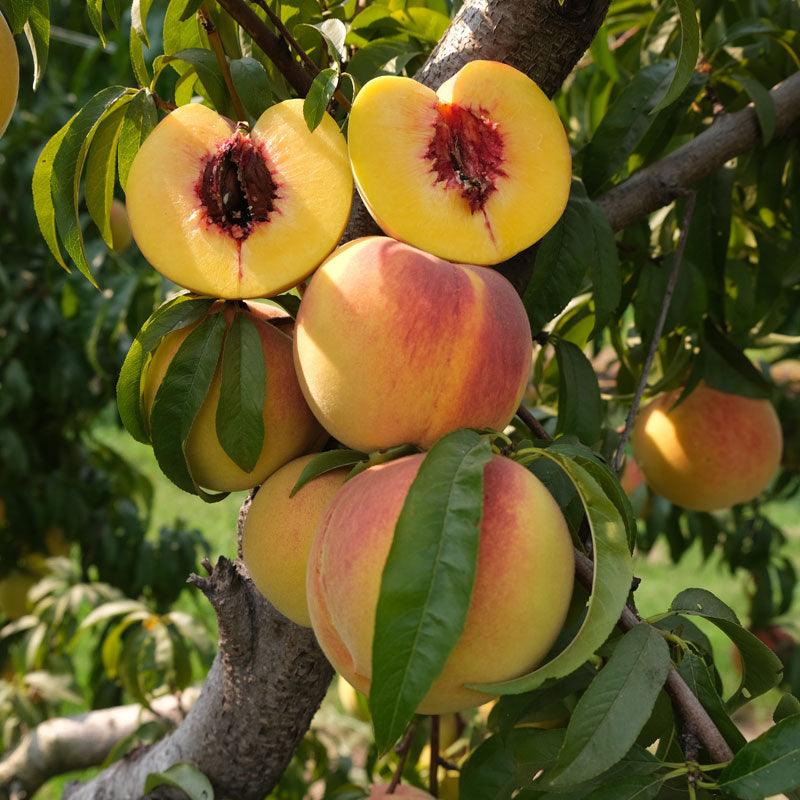
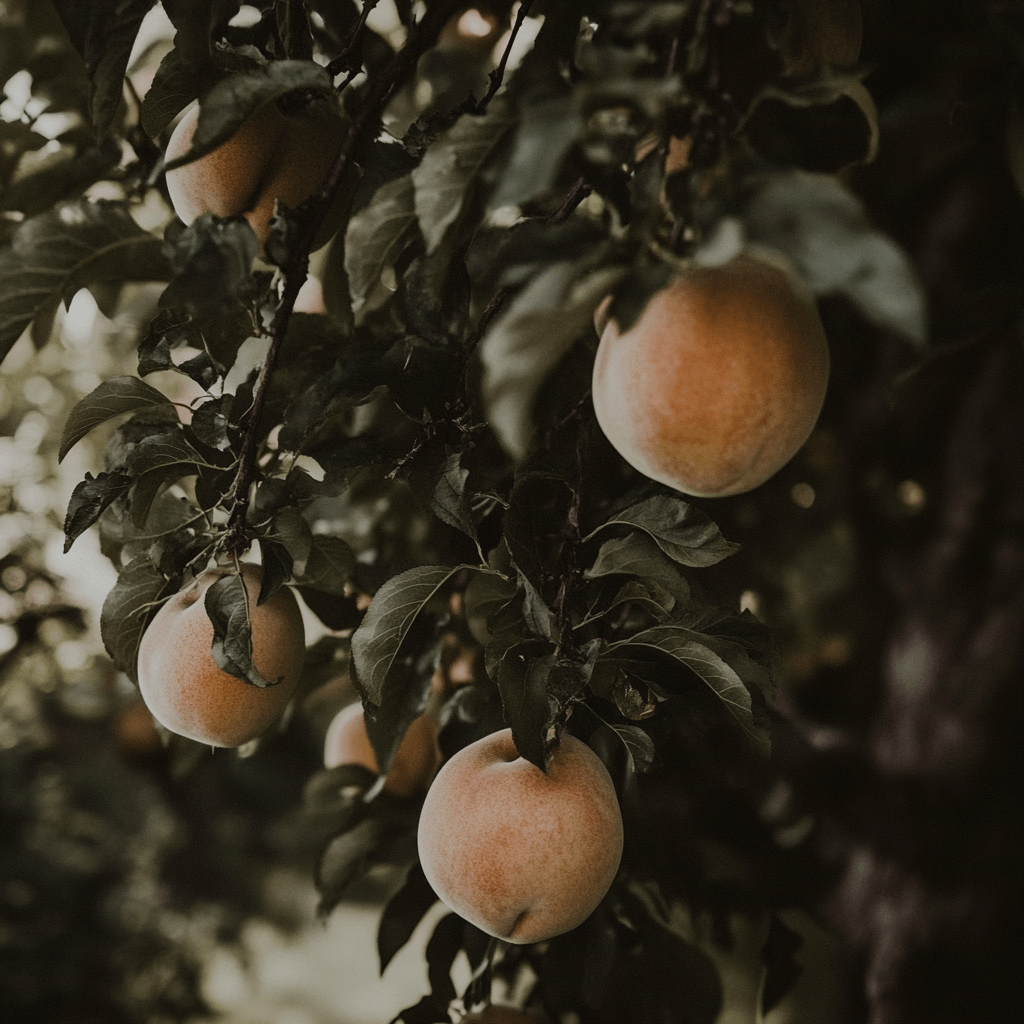
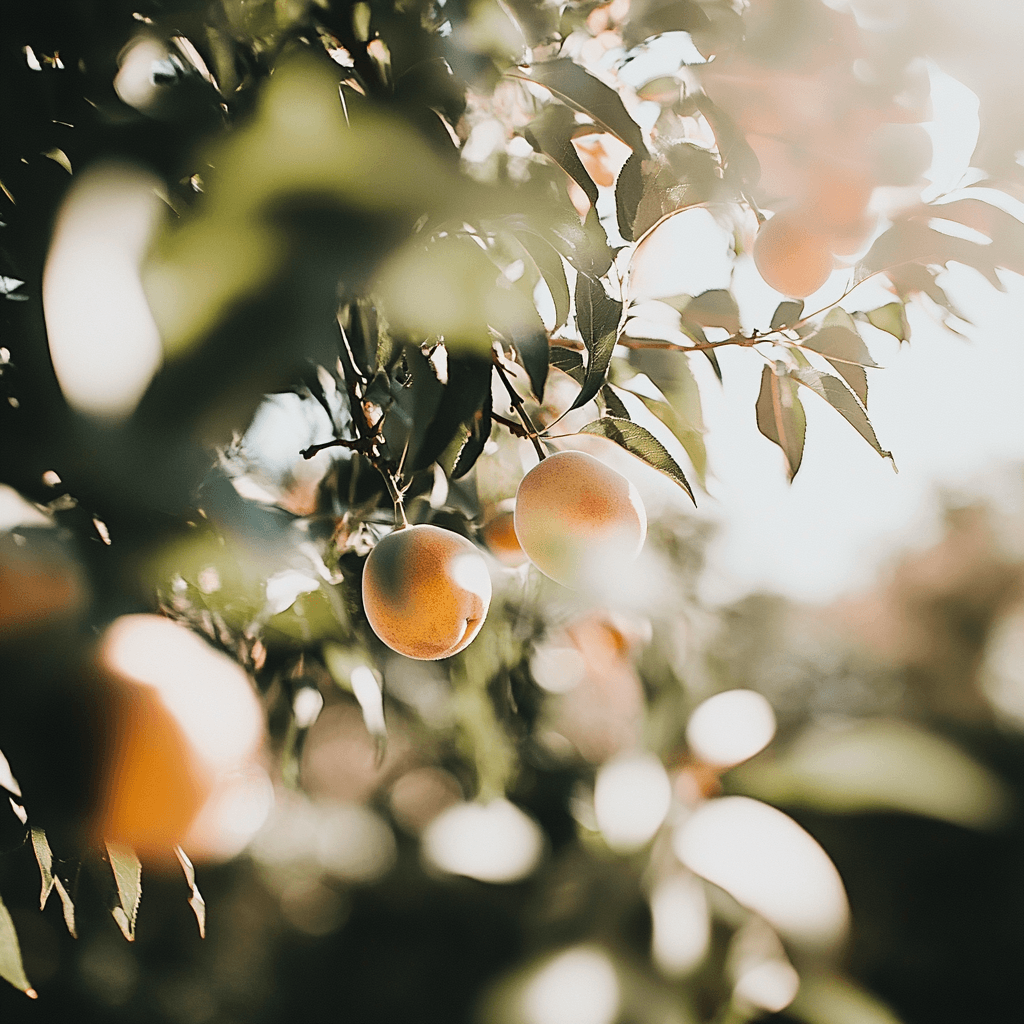
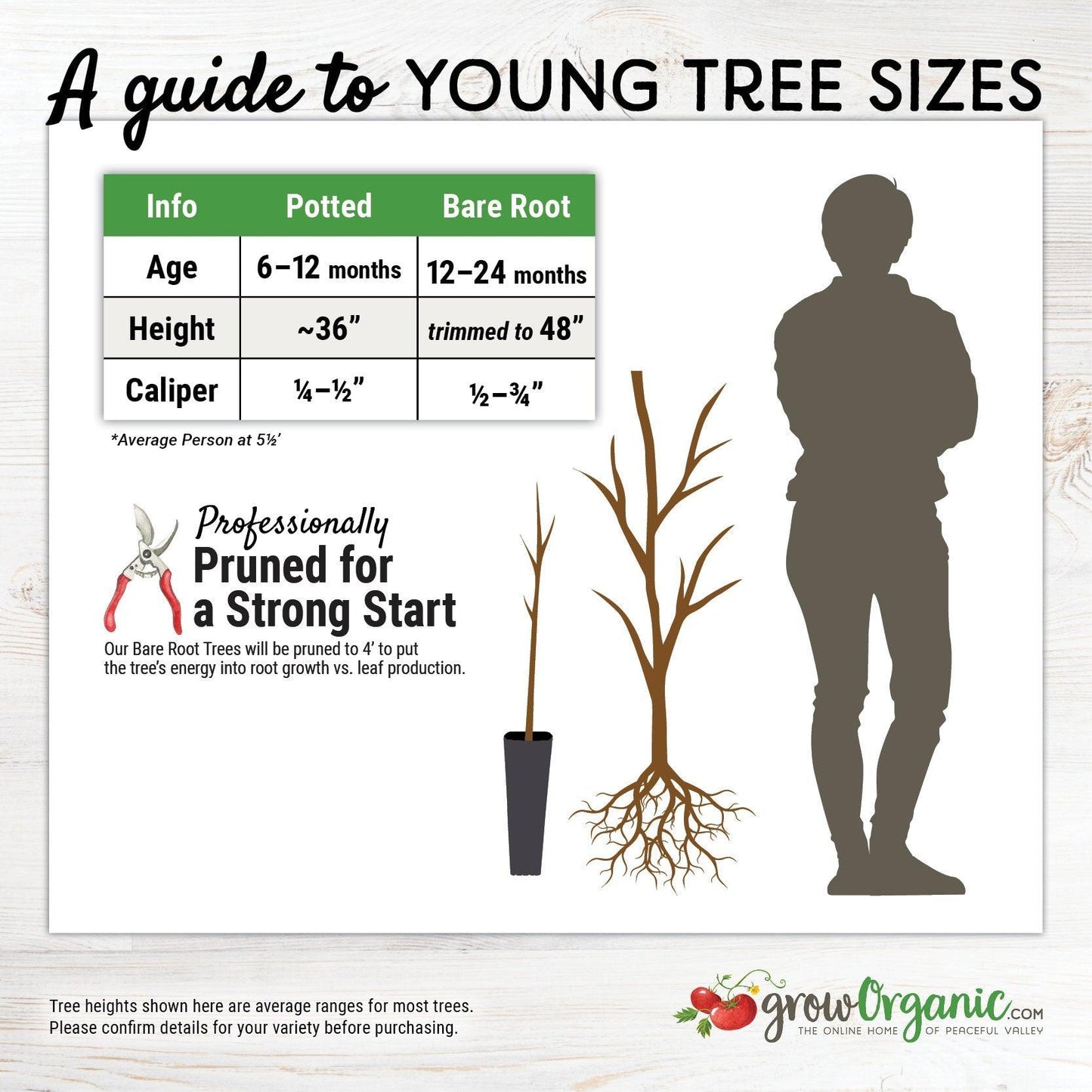
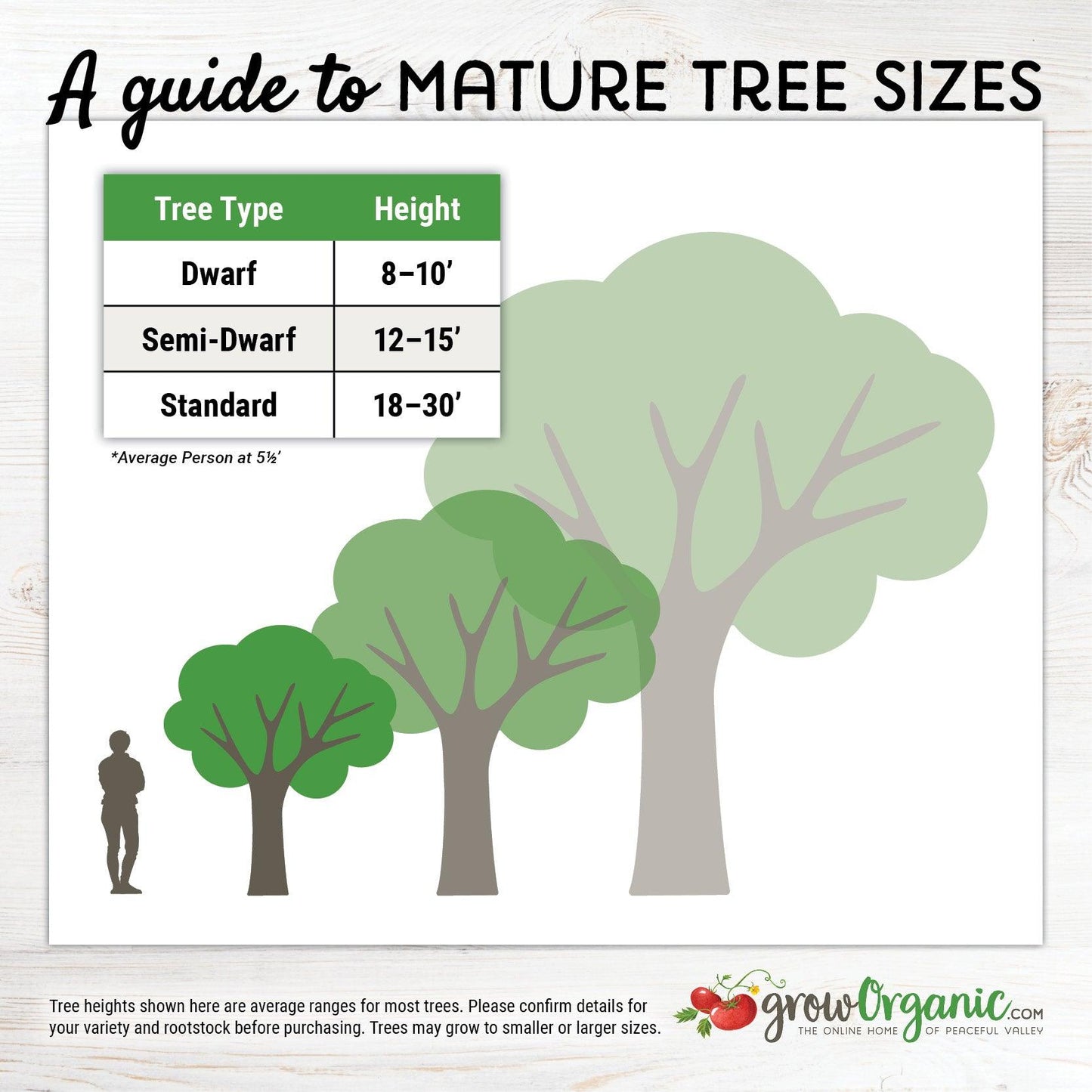
The trees came in excellent condition. They were easy to plant and they are thriving right now in our backyard.
this tree is awesome!!!!






